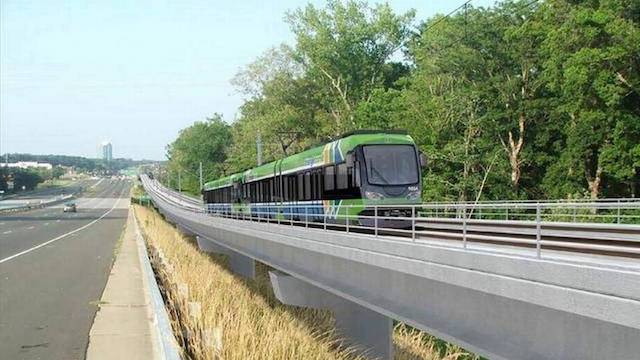Taxpayers United is releasing a report today in opposition to raising Illinois gas taxes to fix supposedly crumbling infrastructure. Illinois highway infrastructure is actually in good shape, the report argues; the real infrastructure problems are with Chicago’s transit systems.
Over the past three years, nearly 30 percent of Illinois gas taxes have been diverted to transit, mostly in Chicago. The state’s remaining highway infrastructure problems could be solved by ending such diversions. Despite the subsidies, Chicago transit ridership declined by 9 percent since 2014 and is likely to continue to decline in the foreseeable future.
As noted here yesterday, a new report from Moody’s found that the Chicago Transit Authority had more debt and unfunded obligations than any other transit agency, which measured as a percent of each agency’s annual budgets. This doesn’t even count Chicago transit’s state-of-good-repair backlog, estimated to be $36 billion. Continue reading









